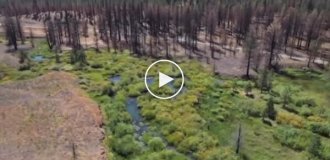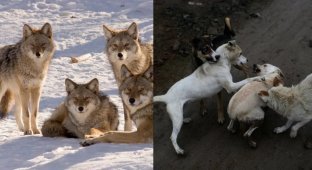Shocking news is circulating online: a missing Chihuahua has been found among a pack of wild wolves! And not just as a snack, but as a fully-fledged member of the pack! This is confirmed by photos from camera traps in the forest, showing the tiny dog confidently holding his own among the enormous forest predators. But how could this happen? 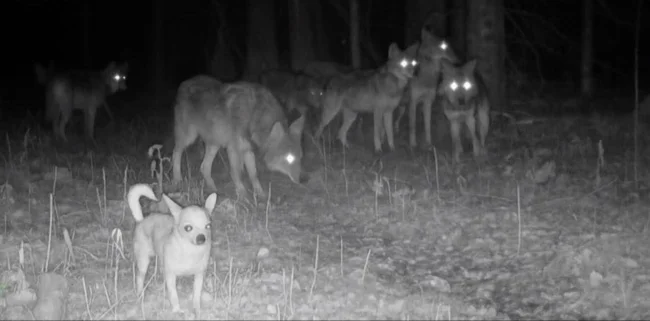
There are no questions about the Chihuahua; this pocket-sized war machine can terrorize an entire building on its own. But how the wolves managed to survive alongside him is a true mystery of nature!
We couldn't ignore this story and decided to examine it scientifically. It's a true phenomenon—for a lapdog, albeit a very cheeky one, to adapt to life in the wild. And not just adapt, but find a place in a wolf pack. Nonsense! We could write scientific papers and conduct research on this topic, if not for one thing... Alas, our research revealed that this whole story is a fake. 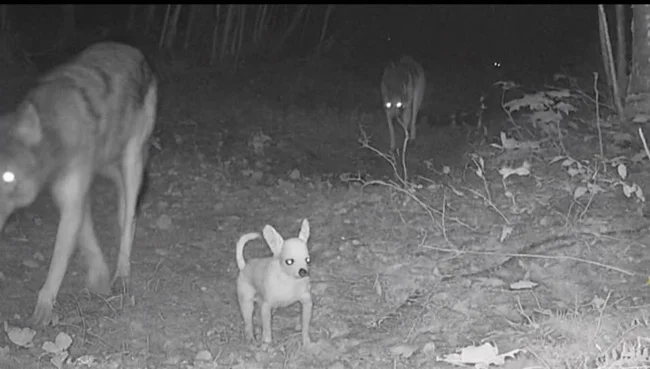
And yet it all looked so plausible!
The photos were doctored, and the interesting story was concocted by pranksters. Years of research have shown that wolves very rarely accept strangers into their pack. Even other wolves aren't allowed to wander into the pack's territory, let alone let a small dog wander in with the furry ones. If that were to happen, the Chihuahua would be a bright memory. 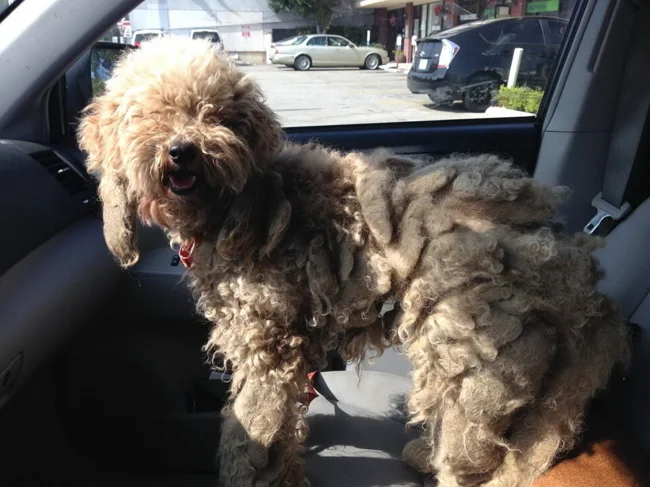
This is what happens to toy dogs after a couple of weeks of wandering. And this is on the street, not in the forest!
But even wolves aside, a Chihuahua on its own wouldn't be able to survive in the wild. These little dogs require regular, proper nutrition, warmth, and protection. This begs another question: have humans really corrupted dogs so much? Can any modern breed even survive without humans? Absolutely! Despite thousands of years of selective breeding, two large groups of dogs have the potential to return to the wild. 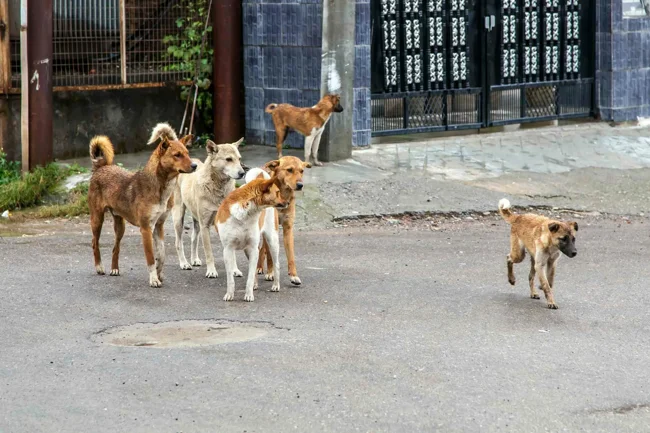
Another "breed" of dog that will definitely survive in the forest is the common dwarf terrier.
First on the list of those most likely to survive are aboriginal, or primitive, dog breeds. Huskies, Basenjis, Ridgebacks, Akitas, and virtually all varieties of Laikas and herding dogs. "Primitive" doesn't refer to their level of development, but to the fact that such breeds have existed alongside humans since prehistoric times. They weren't pets in the modern sense. These dogs were an important working unit in ancient society. And they regularly had to fend for themselves. 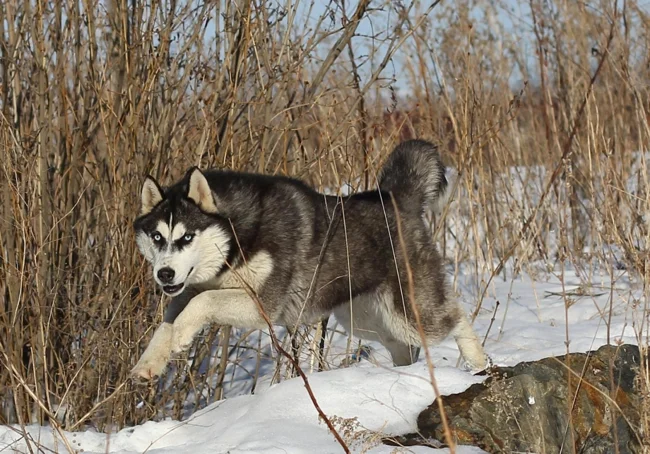
This is precisely why primitive breeds are more difficult to train. They are too intelligent to simply obey humans.
Huskies, for example, worked in the winter and were paid fish in return. In the summer, the dogs were left to their own devices. Their assistance was not needed, so the dogs were simply released to roam free. Similar stories exist for many other primitive breeds. 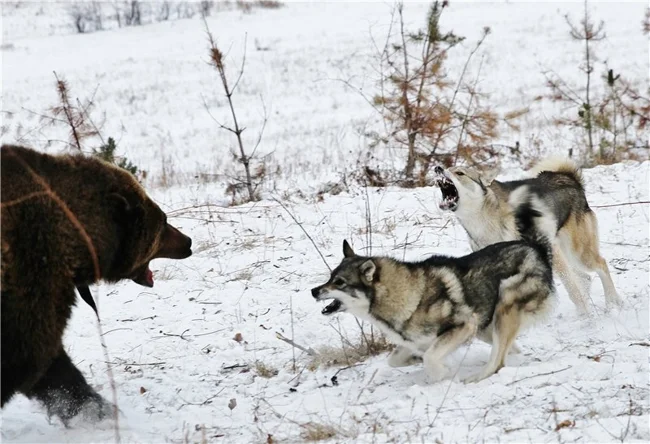
And if a pack of such dogs is released, they might never return to humans!
Plus, these dogs are well adapted to life in their climate: some have a thick undercoat, while others, on the contrary, have short, fine fur, which prevents them from getting sunburned or overheated. They shouldn't have any safety issues either; these animals are hardy, have good sense of direction, are good at detecting the scent of wild animals, and are quite cautious. 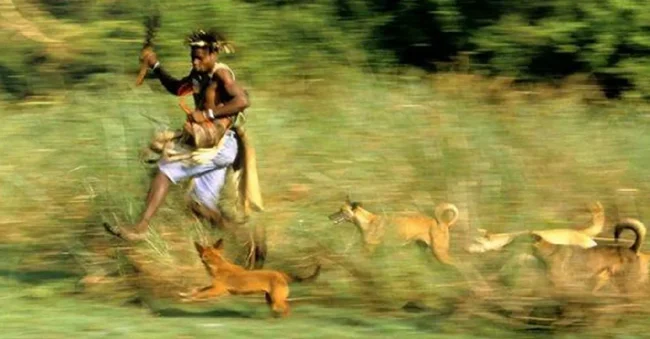
Not all native dogs are super fluffy and wolf-like. Basenjis, for example, are lean and slender. Yet, they were and remain the primary providers for African tribes.
However, some representatives of primitive breeds are likely to drop out of the race for survival. Among them are miniature breeds and dogs with coat characteristics such as excessively shaggy or excessively hairless coats. Spitz dogs, malamutes, Peruvian hairless dogs, chow chows, and some others, despite their intelligence, are unfortunately unlikely to adapt to wild life. Long-haired dogs will have constant problems with their fur: stuck thorns, dirt, and mats, which, without a groomer, leave sores and wounds on the skin. Hairless dogs have different problems: burns, constant scratches, and insect bites. Spitz dogs, of course, with their small size and thick fur, wouldn't last a week in the wild. 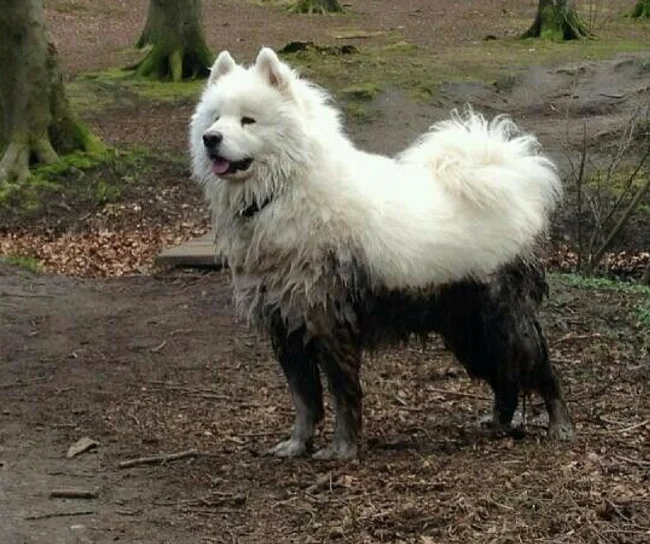
Now we know what dog pants would look like if dogs wore them.
The second group of candidates for survival are hunting dog breeds: some terriers, greyhounds, and pointers. In terms of anatomy and skills, they are also well-adapted to independent life. They can hunt for food and keep away from wild predators. Many hunters even have perfectly functioning brains. These dogs are often left alone in dangerous situations with the animal and don't expect help or advice—in this way, they resemble primitives. 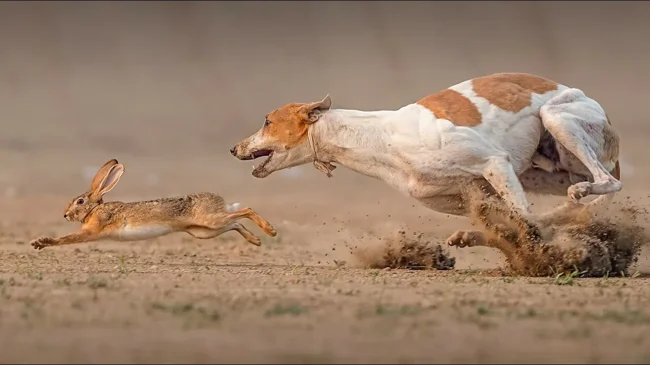
So, I won't even have to share my catch with my owner?
The exceptions in this group are very small dogs, such as Yorkshire terriers and Italian greyhounds. Kind Labradors and Golden Retrievers are also a no-no. With such gentle natures, they won't survive in the harsh wilderness. Dogs with unusual appearances will also be lost in the forest. For example, English and American Cocker Spaniels with long hair, or Basset Hounds and Dachshunds with short legs. 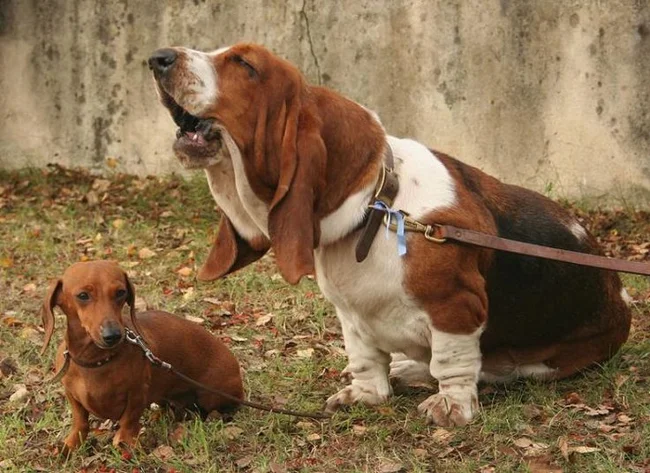
One will trip over its own paws during a chase, another over its own folds.
Other dogs have little chance of surviving in the forest. "Fighting" Staffordshire Terriers, Pit Bull Terriers, Bull Terriers, and others are too assertive. They don't run from danger; on the contrary, they charge head-on. Where a smart Laika will carefully avoid a bear's tracks and escape unharmed, a Staffordshire Terrier will run into a fight without a chance. 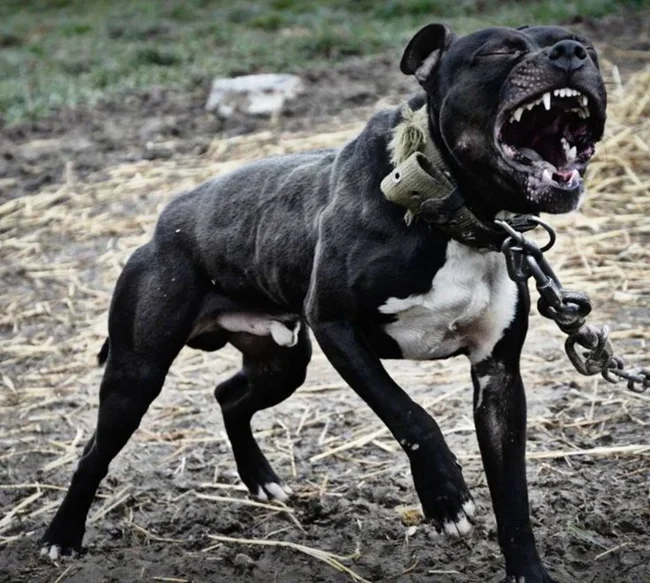
You're Leo Tolstoy in words, but in reality, you wouldn't last even a day on a hike!
The survival of herding and service breeds is also highly questionable. Yes, a German Shepherd or Doberman can hardly be called frail. But the problem isn't physiological, but psychological. Service breeds are bred to work with humans; it will be difficult for these dogs to adapt to independent life. You have to make decisions and think, not wait for a person to tell you what to do. And they don't have well-developed hunting instincts. So German Shepherds, Border Collies, Dobermans, Rottweilers, and others are unlikely to survive long in the wild forest. 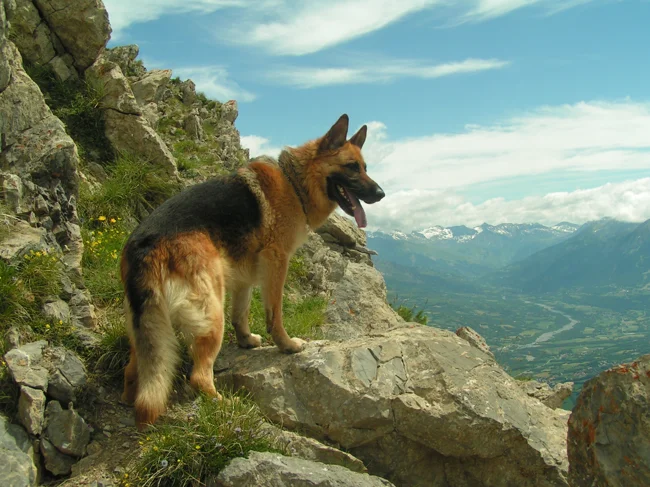
Yeah, where did the GPS lead me?
The survival of giant molosser breeds like the Great Dane, Boerboel, and all kinds of mastiffs, as well as modern Alabai, Kangal, St. Bernard, Moscow Watchdog, and other heavyweights, is even more questionable. These dogs are capable of making decisions for themselves. They're brave and strong—they'll easily hold their own in a fight. But their enormous size works against them. They're unlikely to feed their enormous bodies by hunting alone. An adult needs to eat at least 700 grams of meat per day! 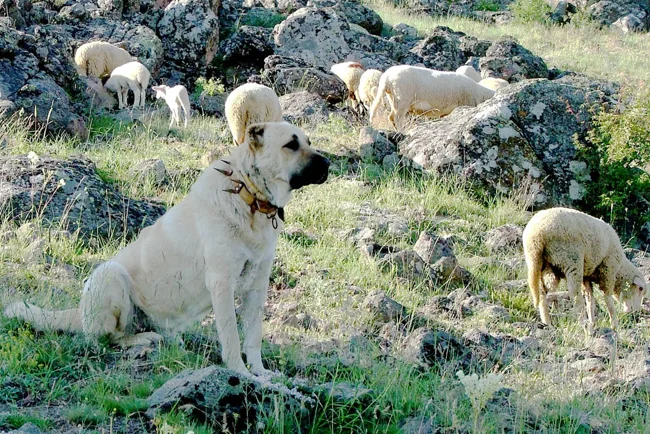
Notice the collar. The spikes aren't just for show. This is how owners protect their dogs from wolves. When fighting predators, the throat is the first place wild animals aim.
And, of course, toy breeds and dogs with special anatomical features don't stand a chance. It's sad, but none of the French bulldogs, pugs, dachshunds, Chihuahuas, Pekingese, Shih Tzus, or other cute little creatures can survive more than a couple of days without a human. Selective breeding has altered them too much. They won't be able to find food or avoid predators, they won't survive without face wipes, a furry jacket, hypoallergenic food, or a warm bed.
Add your comment
You might be interested in:

